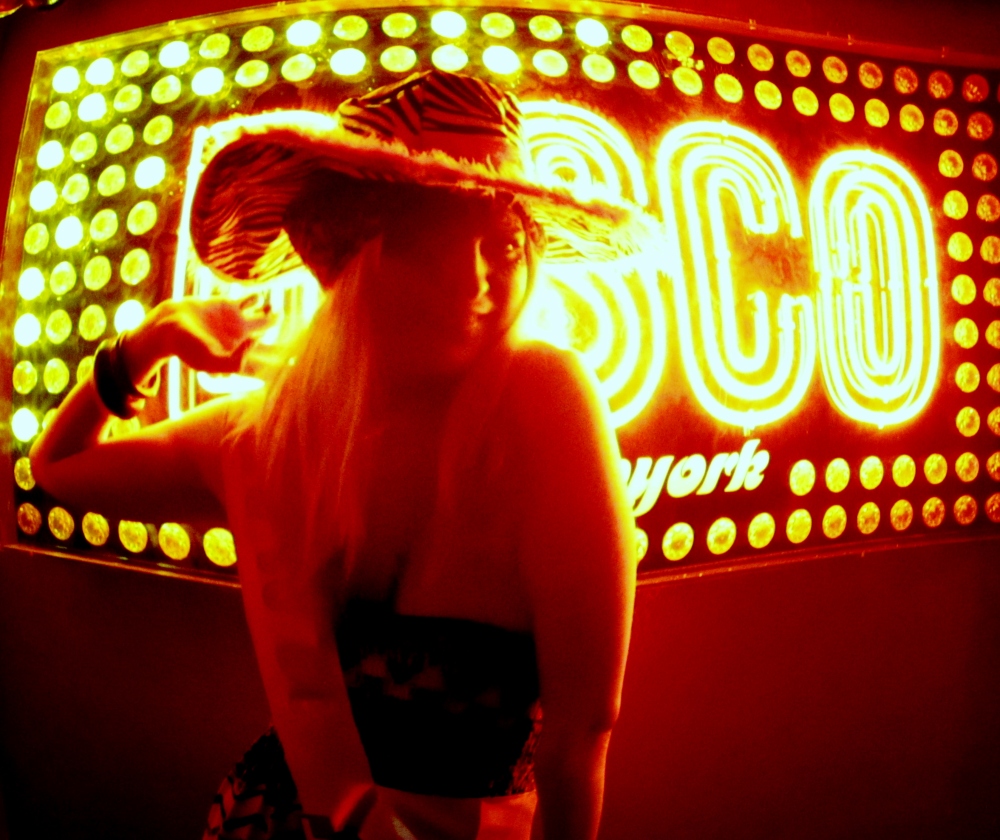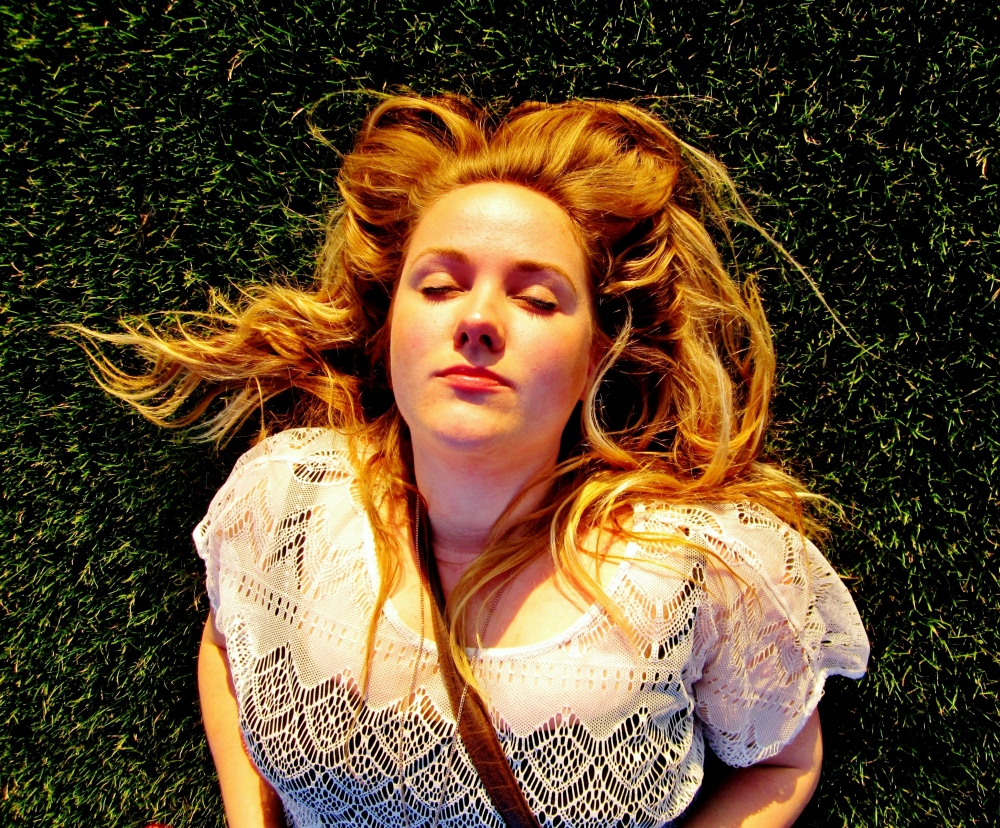The Evolution of Photography
‘Cutting through a photograph is like cutting through flesh’ comments photographer John Stezaker, discerning the somewhat sadistic nature of that voyeuristic art form we term photography. Long has photography been hailed as a powerful educative force and an alluring channel into all that has passed, from silently uncovering the unfamiliar idiosyncrasies of our family members, to revealing the catastrophic journeys of natural disasters- the microscopic mechanism of a camera has given us eyes to zealously gaze over every crack and crevice that the world has offered us. Yet perhaps we ought ask ourselves, should we ever have been given these eyes at all?
The photographer revels in the craftsmanship of his photographic endeavours, a professional voyeur, he slides down alleyways and blunders through the streets with his camera, igniting the flames of narcissism, vanity, self-doubt and scopophilia in his wake. In the name of artistic creativity he purports to present his frozen moments as morsels of reality but each onlooker adds his own reality to everything he witnesses- each photograph is not a portrait of reality but an amalgam of the real and the irreal. A picture may well tell a thousand words, yet a photograph may well tell a thousand lies for it takes reality out of context, it misleads us into believing we have returned to the past when in fact we know that what has passed has passed- we may only ever return to a reconstructed illusion of the past.
However, whilst the visual mirage of a photograph may be ambiguous and deceptive, photography defines the modern world. Satellite imaging enables us to gain a glimpse of outer space, artistic shots have shown us a million more people and places than we ever could have observed in our own lifetimes while fashion photography has given us vibrant newspapers and magazines- photographic images have added to the realms of history, science and art and brought colour to our lives.
Should we sing the praises of photography for its contributions to art, technology, medicine, criminal science and history, or condemn it for its invasive nature and the destruction of privacy that it instigates? An immobile onlooker – should a photographer take action rather than stand by passively and soundlessly observe, or is a photograph in itself action enough? How much damage can be done when the human form is reflected back on itself? Has photography dangerously exacerbated society’s obsession wth itself and the erotic appeal of the human form? Does the self-admiration and self-criticism brought on by an image have a positive or negative influence on photographic muses and models? To what extent do photographs in the media manipulate our minds and our of view reality?
‘To photograph is to hold one’s breath, when all faculties converge to capture fleeting reality. It’s at that precise moment that mastering an image becomes a great physical and intellectual joy.’ ― Henri Cartier-Bresson, The Mind’s Eye: Writings on Photography and Photographers

A Japanese victim lies on his front in the aftermath of the uranium gun-type atomic bomb (Little Boy) being dropped on Hiroshima on August 6, 1945; 3 days later a plutonium implosion-type bomb (Fat Man) was also unleashed onto the city of Nagasaki. Photographer: Unknown.

Bert Stern captures North America’s celebrated style icon Marilyn Monroe, with an early Nikon F Camera for an advertising shoot at the sumptuous Hotel Bel Air.

Composer and musicologist, Ernst Hermann Meyer (my grandfather), is photographed and filmed in his sitting room with the high-tech instruments on offer in 1960’s Eastern Germany.

Avant garde Japanese photographer intertwines the realms of realism and fantasy in his 1970’s photographic works. ‘When I was younger I thought that the fantasy of becoming invisible and the desire to become a poet stood in an antinomy. But now I can positively say that these two dreams are not contradictory at all.’
― Shuji Terayama
‘To photograph people is to violate them, by seeing them as they never see themselves, by having knowledge of them that they can never have; it turns people into objects that can be symbolically possessed. Just as a camera is a sublimation of the gun, to photograph someone is a subliminal murder – a soft murder, appropriate to a sad, frightened time.’ ― Susan Sontag, On Photography

Nadine Elfenbein explores freak shows, performance art and fashion as her camera wanders through Berlin.

Reality meets Rapunzel- Pop surrealist Dina Goldstein’s photo from her visual art collection Fallen Princesses

Immortalising Angelina Jolie in the eerie mineral-green waters of her bathtub would become one of the best know works of San Francisco Art Institute graduate and fashion photographer Annie Leibovitz.
‘The Earth is Art, The Photographer is only a Witness’ ― Yann Arthus-Bertrand, Earth from Above

The half-French half-Spanish principal ballet dancer of Opéra national de Paris, Sylvie Guillem, strips off for a nude selfie that would grace the pages of French Vogue to reveal her muscular form and ‘the way I am and the way I see myself.’

The Modern Selfie- narcissism aggressively infiltrates the Modern world as the camera lens continues its supreme reign over contemporary society.
‘While there is perhaps a province in which the photograph can tell us nothing more than what we see with our own eyes, there is another in which it proves to us how little our eyes permit us to see.’ ― Dorothea Lange

London beauties- my beauteous friends let their Cinderella locks flow on the rich emerald lawn of London’s Olympic Stadium.

An amalgam of modernity and traditionalism – this photograph, taken last summer taken in the fleeting instant when the setting sun in Shanghai reflects onto a Longines advertisement reflects the cultural fusion of East and West that epitomises contemporary Shanghainese culture.

























Photography is my favorite art form. Love this post!
Photography has always been the manipulation of time and space. It is the gift of the camera’s ethics-less eye that photographers offer – sometimes for good, sometimes for bad. And like most everything, it can be done well, with good intentions, or hurtfully, with nefarious intent.
I do really like Morton’s quote though – quite the truism. Great thought-provoking piece.
You have written an excellent post. Photography is all that, and more. It is an expression of how you perceive the world.
Reblogged this on Draco's Thoughts and Opinions.
Reblogged this on ilovehatephotography and commented:
A brilliant expose on what is photography and whether it is an art. Lots of iconic photographs too. Enjoy.
amazing post.
A very thoughtful an thought provoking post. You raise a lot of important and difficult questions about photography. But one cannot answer any of them with one definitive answer or categorize photography into one bag of understanding. Yes, photography can be voyeuristic in nature, but it might just as well not be. It really depends on the premises, the circumstances and not the least the subject and how it was photographed. A still life picture taken in a studio is definitely not voyeuristic and clearly not invasive. On the other hand many of the photos taken by the so called paparazzies are. And to every one of your very important question one can gives examples of either ways that you imply. As important as this discussion is, photography is so multifaceted, that it’s not possible to attribute one understanding for all of it.
Very cool. Good post and pix. They are poignant and evocative.
Reblogged this on Sophie's blog….
Pingback: Niurka Barroso’s Photography in the Heart of Downtown Miami. | The Cuban Art Project
I never really realized how important photography was until I got interested in it and this post is perfect in explaining how much I love photography and how it keeps changing and capturing the world.
I always find dance shots pretty incredible, mixing strength, physicality and beauty all into one, so when the clothes are removed… I don’t know, it just becomes even more mesmerising.
There’s a lot of beautiful photographies in your post. I love that you quote Susan Sontag’s On Photography. I think you could find a very interesting exposure of this issue on Roland Barthes’s Camera Lucida: Reflections on Photography 🙂
Thanks for sharing useful information about the development of photography. I love to read anything about this field of art ❤
Great pictures, but there is one that has stuck with me, the Afghan girl. Not only since I´ve seen them first hand, but also I do remember seeing a documentary that the photographer goes 10 years later to find what was then the girl. Think I maybe saw it way back when I was still in the U.S, since I see it was 2002 and I returned to Spain later that year.
P.S. That picture of the muscle guy, please don´t hang me up on your post.
Haha, I will keep the photo up if that’s ok… 😉
The Afghan girl’s name is Sharbat Gula, she can write her own name but she cannot read. The second picture was taken 17 years later, she is between only 28 and 30 now, but one can read her life in the shadows of her face. Apparently she had not seen that iconic photograph before; half the world had seen it, yet she had not had a glimpse of her own face- the bizarre power of photography.
You can read the article here if you’re interested:
http://ngm.nationalgeographic.com/2002/04/afghan-girl/index-text
I will read it thanks. I do have a vague memory, as I said before of a documentary of the photographer who took the picture returning back some years later in search of her. And you can obviously see the harsh life she´s lead in her face.
A wonderful view on the ever changing face of photography. Self expression, art, and advertising…
Nice read! I want to offer an oppinion on onr of your questions: “An immobile onlooker – should a photographer take action rather than stand by passively and soundlessly observe, or is a photograph itself action enough?” As art of a critical potential, definitevely the first. I like that you quote Susan Sontag because I think she did just that with her work in war zones like Bosnia, or like an israeli video artist whoms name I have forgotten, who is messing around with soldiers by the security fence as they are keeping school children out of the area they protect.
Some stunning pictures here.Shuji Terayama’s picture is quite superb and bewildering. What a wonderful post. Great blog.
This is an amazing entry !
Reblogged this on rebloggobbler.
Some stunning images here, coupled with great quotes too. Great stuff, an inspired blog.
best wishes, Pete.
Reblogged this on William Saint's Newspaper.
Reblogged this on and commented:
True fact
Reblogged this on Juliet's Blog.
Reblogged this on NYC NewYork.